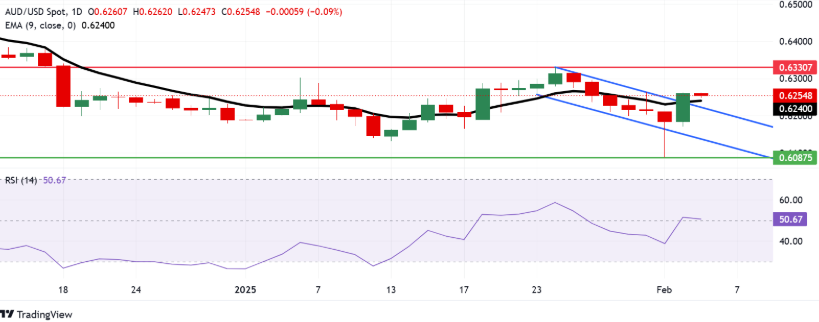The Australian dollar continued to face downward pressure after the release of weaker-than-expected China’s Services PMI, raising concerns about Australia’s economic outlook due to its close trade ties with China. The currency slipped as investors reacted to signs of slowing momentum in China’s services sector, which is a key driver of global demand and a crucial market for Australian exports.
China’s latest PMI data revealed a decline in services activity, signaling potential headwinds for commodity demand—a critical factor for Australia’s resource-driven economy. The Aussie dollar’s weakness reflects growing investor unease about how a sustained slowdown in China could ripple through Australia’s export sector, particularly in iron ore and other raw materials.

Market sentiment toward the Australian dollar has been fragile, with traders closely watching for further economic indicators from both China and Australia. The combination of sluggish Chinese growth and global risk aversion has intensified selling pressure, pushing the Aussie lower against major currencies. Analysts suggest that without a strong rebound in China’s economic activity, the Australian dollar may struggle to regain its footing in the near term.
Adding to the bearish outlook, expectations of divergent monetary policies between the Reserve Bank of Australia (RBA) and other major central banks have also weighed on the currency. While the RBA maintains a cautious approach, other central banks, particularly the Federal Reserve, are leaning toward tighter policy, widening the interest rate differential and reducing the Aussie’s appeal.
Despite the recent losses, some analysts believe the currency could find support if China announces fresh economic stimulus measures or if domestic data in Australia shows unexpected strength. For now, however, the Australian dollar remains vulnerable to shifts in global sentiment and developments in China’s economic trajectory.













